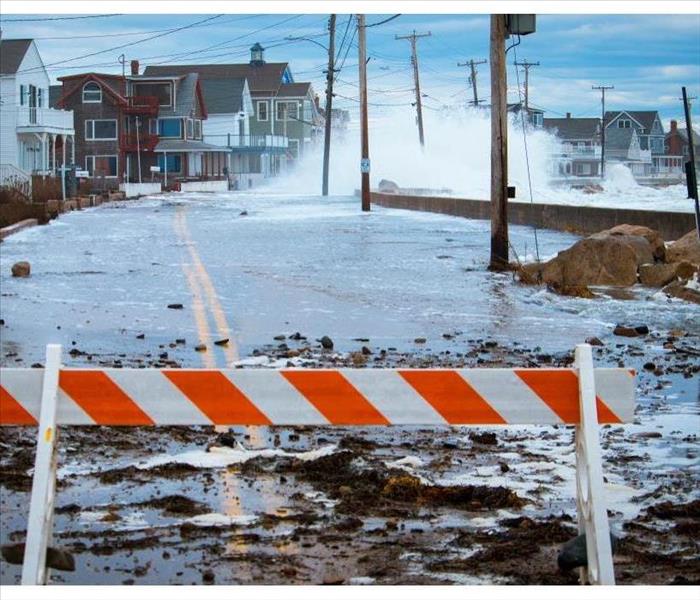5 Things You Need to Know About Nor'easter Storms
7/31/2020 (Permalink)
Nor'easter Facts
A nor'easter storm is no ordinary storm. Named for the direction their winds blow, these dangerous storms typically hit Northeastern regions during the colder, winter months. Don't take any chances if you're worried that your home in Trooper, PA, might be at risk. Arm yourself with knowledge and review these nor'easter facts.
1. There are two different types of storms: J.E. Miller first classified these storms in 1946, and was able to name them after himself as a result. The storms are characterized by the regions that they typically form in. Miller "type A" storms are the most common and form in the Gulf Coast. Miller "type B" storms form in the Midwest and are usually much more severe.
2. They can form at any time: Due to the polar jet stream, these storms are much more likely to occur in September through April. However, it is possible to experience one at any time of year.
3. They're a hurricane's northern cousin: Both types of storms are characterized by heavy precipitation and high winds. The only difference is that hurricanes form in the south and have a warm core, while the nor'easter forms in the north and has a cooler core.
4. They're very dangerous: Due to their colder cores, these storms often bring heavy snowfall. This is a lethal combination when coupled with the dangerously high winds that they can bring. If they don't bring snow, then you're likely to experience flooding from heavy rains.
5. They can be classified based on wave height: Robert Davis and Robert Dolan developed the aptly-named Dolan-Davis scale in 1992 to help further classify these storms. A Class 1 is the weakest, with an average wave height of 2 meters. Meanwhile, a Class 5 is the strongest with a mean wave height of 6.8 meters.
The more you know about the nor'easter storms, the better prepared you can be. If your home has been damaged by one of these storms, make sure to contact a storm remediation expert to help take care of the problem.






 24/7 Emergency Service
24/7 Emergency Service
